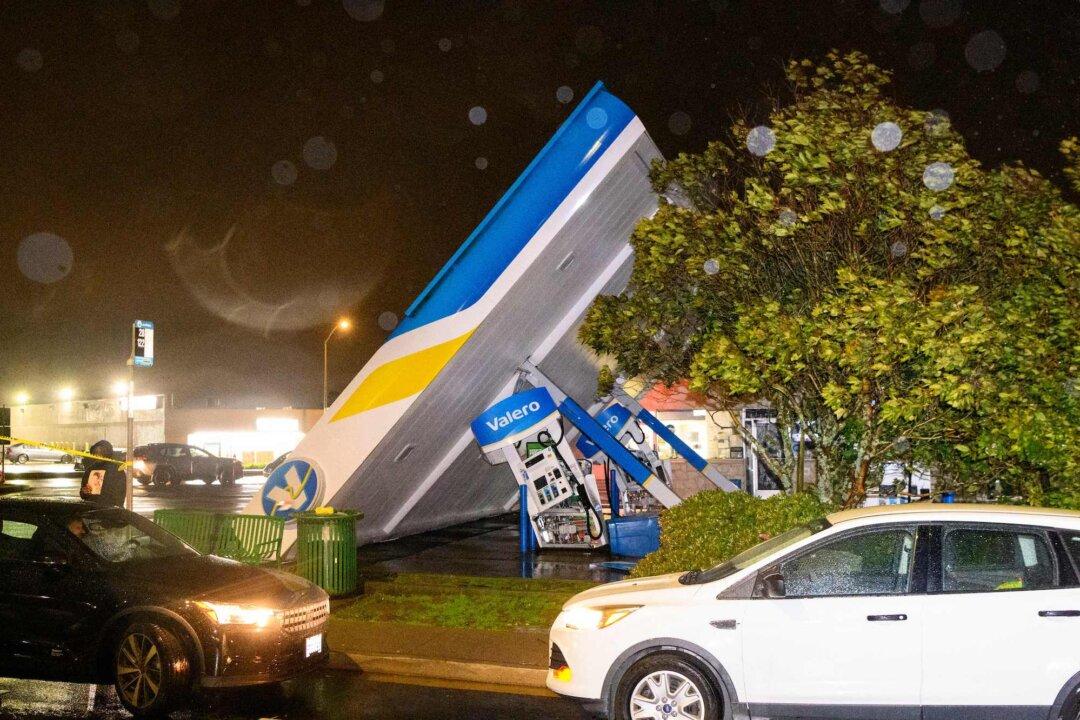At least four are dead and tens of thousands are without power in California as the state copes with torrential rainfall and storms that caused extensive damage.
The Jan. 4 storm is the third of its kind caused by an atmospheric river moving through the area since the start of winter. The storm brought with it widespread flooding and wind damage in the state’s Bay Area.





